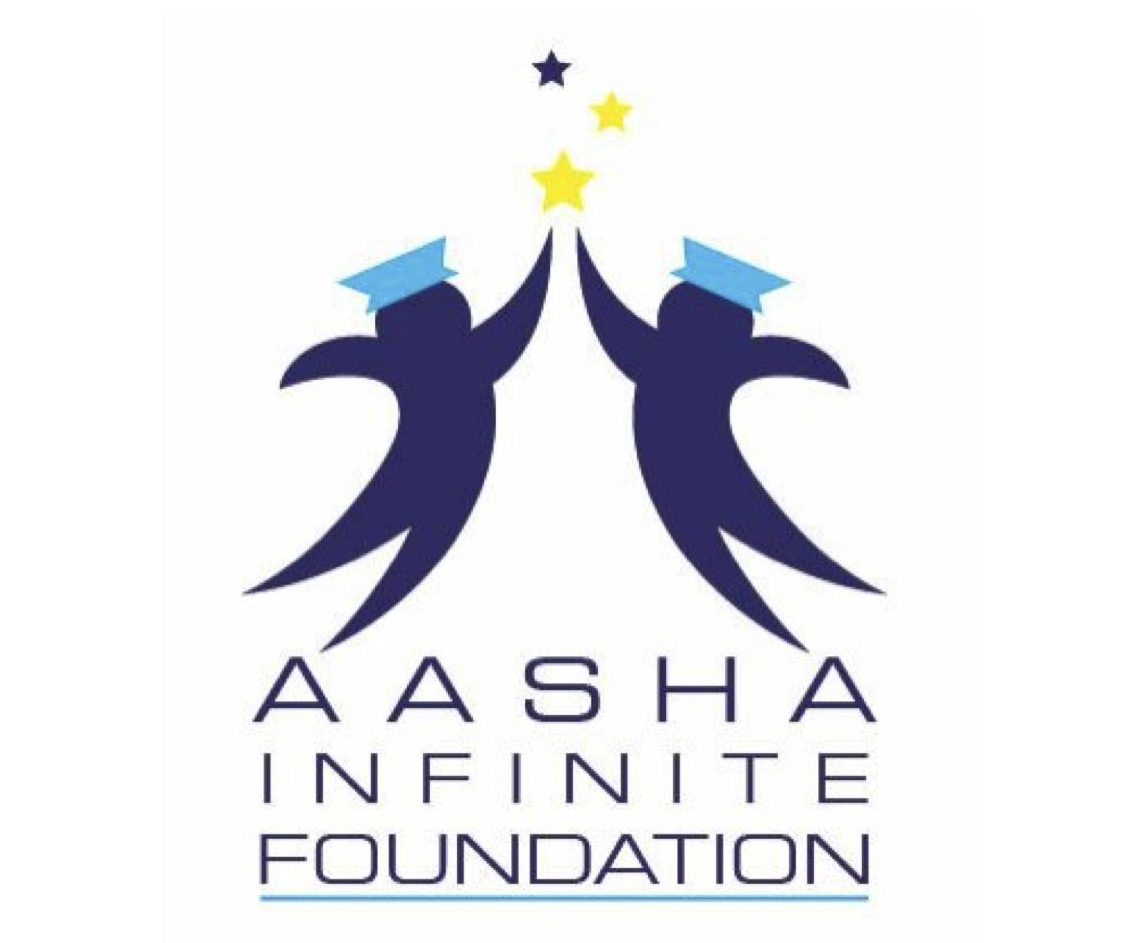
Tackling Learning Poverty with AASHA Infinite
Picture this- Thousands of children in the rural parts of India, sitting in a classroom, accessing
quality education. These kids are kicking off to their bright futures, the ones where they have the skills and resources needed to fulfil their dreams.
However, the sad truth is that in reality, most of these children aren’t even attending school, and the ones who are, are completely limited in terms of learning opportunities and resources. They are unable to meet the basic standards of literacy, for instance, reading simple text. This inability is what the World Bank has now labelled Learning Poverty. From what they’ve gathered, in low to middle-income countries, 53% of children up to the age of 10 cannot read or comprehend simple text. What’s even scarier is that despite various interventions and actions that will be implemented across the country to tackle this, 43% of children will still be under the category of learning poor by 2030.
So why exactly do we have learning poverty? Children living in poverty are often born into poverty, and this ends up creating a cycle, a cycle of poverty. In many cases, parents living in poverty have a large number of children. This is due to many underlying factors, such as forced marriages, religious beliefs, high child mortality rates, lack of awareness regarding contraception, and a patriarchal society. Children born in these circumstances have less access and opportunities for education. This is especially true in families where children are forced to work for financial reasons, and in turn, aren’t able to focus on school. Poor parents cannot afford high-quality education for their children, which is why their children are forced to make do with whatever they get. There are thousands of public/low-cost schools all over the country. However, the conditions they are in aren’t the best, and the education they provide isn’t up to the standard. All of this accounts for learning poverty.
So how can we tackle learning poverty? In such a vast and populous country like India, teaching each child is a difficult task, even with government schemes and funding. In India, nearly 55% of children are ‘learning poor today, despite high enrolment levels. Unfortunately, municipal schools do not have efficient teaching resources and qualified faculty. In addition to this, most parents in rural areas cannot afford school fees and supplies. Here is where AASHA Infinite comes into the picture.
AASHA Infinite is an NGO built on the dual principles of volunteerism and community
engagement, which aims to increase literacy levels and enrich the lives of underprivileged
children. Over a span of eight years and a 450+ volunteer base, AASHA is the perfect platform and organization for conscientious citizens who wish to empower the underprivileged through education and communication. AASHA’s programs are free of cost and learners from all over the country can enroll in them.
The NGO’s English program has multiple levels that cater to students of different proficiency
levels. AASHA’s curriculum is created and curated to suit first-generation learners, the programs assisting students in learning and understanding English. The Distance Reading Program (DRP) ensures that distance doesn’t stop a child from learning, especially during the pandemic. Its main objective is to instill a love for reading and basic English proficiency. In this distinctive program, a teacher sitting anywhere in the world can teach a student at a remote location via a phone call using AASHA resources. The program fosters a personal connection between teacher and student for a conducive learning environment. We have approximately 480 volunteers in this exceptional program.
AASHA has been a blessing to many underprivileged students disadvantaged by the pandemic. With the DRP (Distance Reading Program), we have provided education to disadvantaged students during the pandemic and lockdown. This program does not require resources that are difficult for the student to acquire and places them on different levels, 0 being the lowest and 5 being the highest, according to their ability to comprehend and understand English vocabulary and passages. Successfully providing education in these difficult times, AASHA is tackling learning poverty, one child, at a time.
Written by Ahana and Ananya (Student Interns)

Hi,
I’m interested in teaching . May i know how can I join and help ?
LikeLike
Hi Suma, Thank you for your interest. Please apply on http://aashainfinite.org/volunteer/
LikeLike